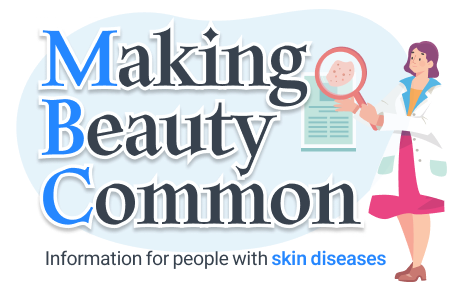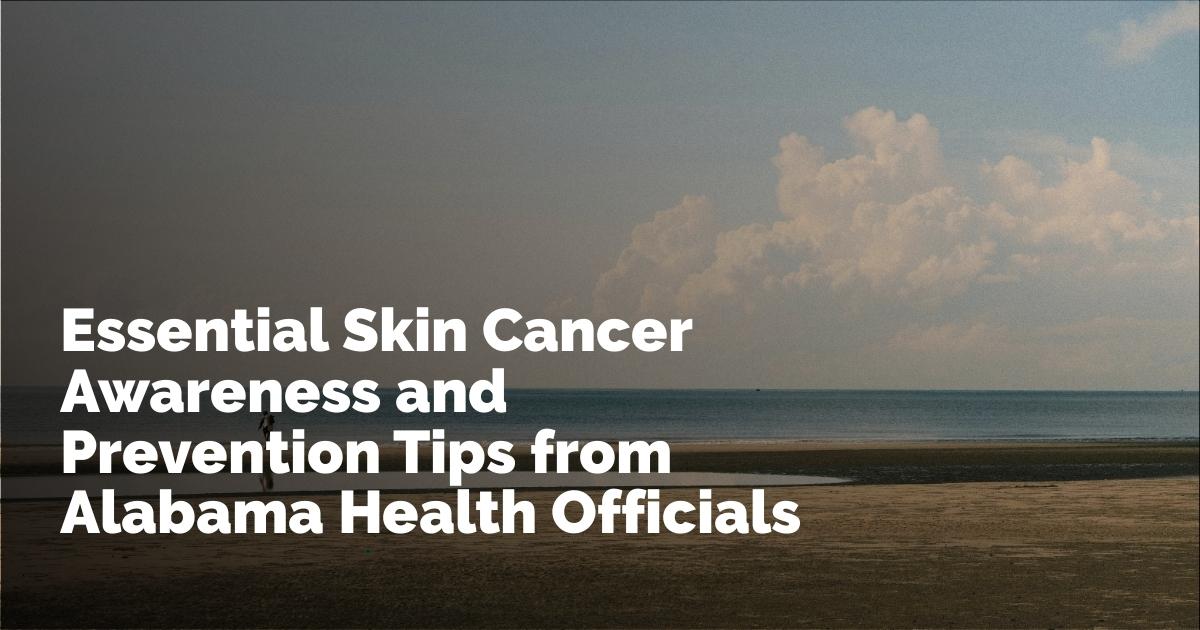Skin cancer, a prevalent yet preventable condition in the United States, is a serious health issue that requires proactive measures for prevention. The primary cause of skin cancer is exposure to ultraviolet (UV) radiation from the sun and other sources like tanning beds. Fortunately, by adopting a smart sun exposure strategy, individuals can minimize their risk significantly. In this article, we delve into the various aspects of skin cancer prevention, from the Shade Structure Program in Alabama to practical sunscreen usage tips, and explore the relationship between UV radiation and its impact on our eyes and skin.
The Shade Structure Program: Protecting Students from UV Exposure
The Alabama Department of Public Health's Comprehensive Cancer Control Program has initiated the Shade Structure Program to help protect students from harmful UV rays. Through this initiative, funding is provided to four Title I public schools annually to install shade structures over playgrounds and recreational areas. These structures offer a significant protective measure, reducing the direct exposure that students face while outdoors, thus contributing to the prevention of skin cancer from a young age.
Empowering Alabama Students with Sunscreen Accessibility
In a proactive step towards skin cancer prevention, Alabama's legislation (Act 2017-278) permits students in both public and private schools to apply personal sunscreen without special permissions from a doctor or parent. This empowers students to use sunscreen effectively during school hours, fostering a culture of sun safety and awareness early in life.
Understanding UV Radiation: How the Sun Sees You
A compelling video titled "How the Sun Sees You" offers a revealing look at the impact of UV radiation on the skin. Using UV filters, the video shows the stark difference between normal skin and skin under UV light, highlighting areas vulnerable to sun damage. Chronic exposure to sunlight or artificial UV sources remains the leading cause of skin cancer, which is classified into melanoma, squamous cell carcinoma, and basal cell carcinoma. This underscores the necessity for ongoing public education and preventative strategies to combat skin cancer.
Skin Cancer Prevention: Early Detection and Sun Safety Tips
Early detection of skin cancer is crucial for effective treatment and can save lives. Regular self-examinations, where individuals check for new or changing skin spots, are vital. Despite the availability of preventive measures, a study suggests that only 14% of American men and 30% of women consistently apply sunscreen before extended outdoor activities.
Sunscreen: Your First Line of Defense
Applying sunscreen daily, regardless of the weather, is an essential preventive measure against skin cancer. Opt for water-resistant formulations with an SPF of 30 or higher to ensure adequate protection against both UVA and UVB rays. It is recommended to apply sunscreen about 15 to 30 minutes before going outside and to reapply, especially after swimming or sweating. Remember, expired sunscreen loses effectiveness and should be replaced.
Seeking Shade
Limiting sun exposure during peak hours (10:00 AM to 4:00 PM) is crucial, as this is when UV rays are most intense. Seeking shade and being cautious around reflective surfaces such as water, snow, and sand can significantly reduce the risk of sunburn and subsequent skin damage. Special care should be taken with infants under six months, who should always be kept in the shade.
Wearing Protective Clothing and Accessories
Clothing can provide an effective barrier against the sun. Long-sleeved shirts, pants made from tightly woven fabrics, and wide-brimmed hats offer excellent protection for the skin. Additionally, sunglasses that block 100% of UVA and UVB rays are essential to protect the eyes from harmful sun exposure.
Tanning: A Risky Activity to Avoid
Tanning, whether through sunbathing or using tanning beds, increases the risk of skin cancer and accelerates aging of the skin. Avoiding these activities can prevent unnecessary sun exposure and reduce the likelihood of developing skin-related health issues in the future.
The Sun's Impact on Your Eyes
While most are aware of the sun's effect on the skin, its impact on the eyes is often underestimated. UV radiation can lead to chronic eye conditions such as cataracts, corneal sunburn, and even eyelid cancer. Protecting eyes with quality sunglasses, UV-blocking contact lenses, and wearing hats can mitigate these risks. Special attention should be given to children's eye protection, as they typically spend more time outdoors, increasing their exposure and risk of damage.
Frequently Asked Questions and Skin Cancer Prevention
For those seeking more information on skin cancer and preventive measures, comprehensive resources and FAQs are excellent starting points. Being informed about the risks and solutions is integral to effective prevention.
Tools and Resources for Skin Cancer Awareness
A vast array of resources is available online, dedicated to the prevention and treatment of skin cancer. From dermatology groups and research organizations to educational materials on sun safety and UV protection, individuals can access valuable information to aid in skin cancer prevention efforts.
These insights and resources equip individuals to take informed steps towards reducing their risk of developing skin cancer by adopting a multifaceted approach to sun safety and protection strategies.
출처 : Original Source

